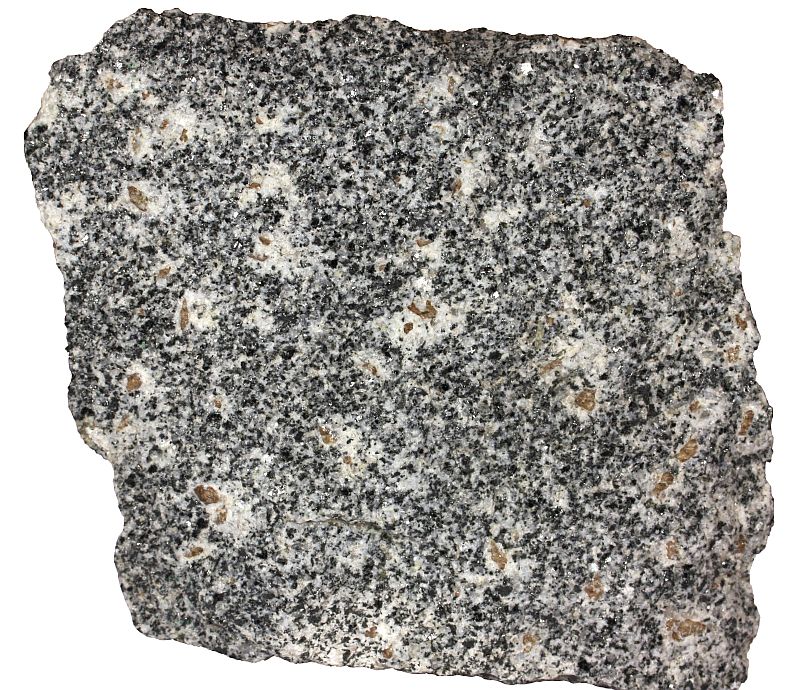I hope that Simon Wellings won’t mind me using a nice poem about titanite he posted to Twitter some time ago:
There once was a mineral called sphene, whose edges were long straight and clean.
Then one day from spite, It was called titanite, which was silly, daft, stupid and mean.
I recorded it to my notes as I usually do with things that might be useful some day. Behind that poem is a story which has interested me for some time. How could it be that most mineralogists were calling a mineral sphene and all of a sudden someone comes and changes it according to the minority’s preference? At least that’s how I understood it was. It happened in 1982 when The International Mineralogical Association Commission on New Minerals and Mineral Names decided that from now on sphene as a mineral name is discredited and titanite should be used instead. Until then both were in parallel use.
I do agree that we need to work on the nomenclature and parallel names are actually a nuisance but in this case I would have definitely preferred ‘sphene’ over ‘titanite’. There are several reasons. First, I dislike the proliferation of these -ite endings of mineral names. There are way too many of them. Mineral names like olivine, hornblende, zircon, feldspar, etc. are like a breeze of fresh air. How fun would it be to name all of them olivite, hornite, zircite, and feldsite? Not fun for me. It would totally suck!
I’ve heard that titanite (CaTiSiO5) was preferred term by some because the mineral contains titanium. This is true but titanite is not the only titanium-bearing mineral and it is not among the most important. Titanium is an important mineral resource but it is mostly extracted from rutile (TiO2) and ilmenite (FeTiO3). So, this argument really makes no sense.
‘Sphene’, on the other hand, comes from Greek word sphenos which means wedge. Wedge is exactly the word I would use to describe that mineral. Its idiomorphic crystals are indeed wedge-shaped which is a well-known identification aid.
I do sense that although 30 years have passed, many among geologists still do not like the decision and defiantly continue to, at least informally, use the old name (or include the old name in parentheses). I’ve tried to look for some background information which could explain the naming decision but so far haven’t found anything useful. If you happen to know more about the subject, or have strong feelings about the topic, do not hesitate to share your thoughts in the comments.

The mineral whose edges were long straight and clean. Brown and wedge-shaped titanite (sphene) phenocrysts in a granitoid igneous rock (probably granodiorite) from Austria. The width of the sample is 12 cm. The hand sample belongs to the Museum of Geology of the University of Tartu.
Leave a Reply